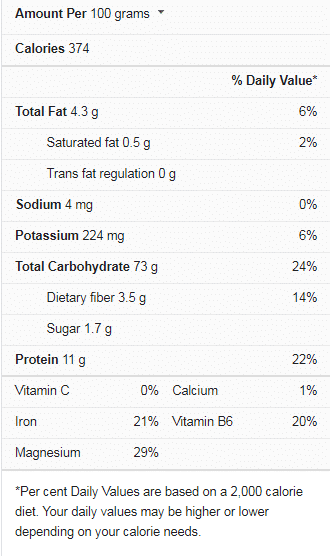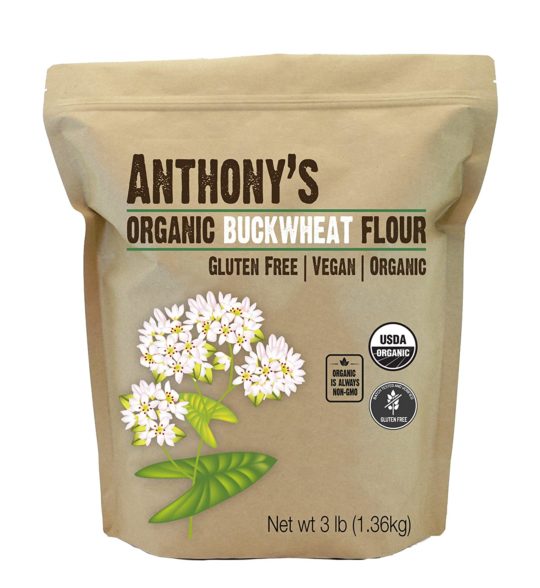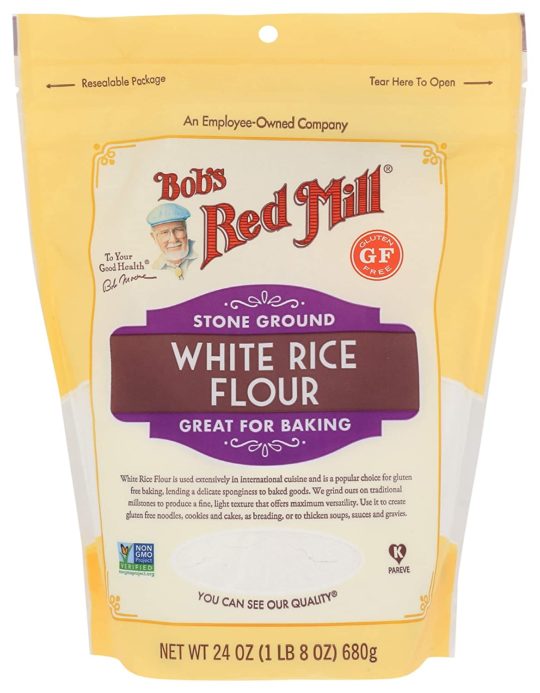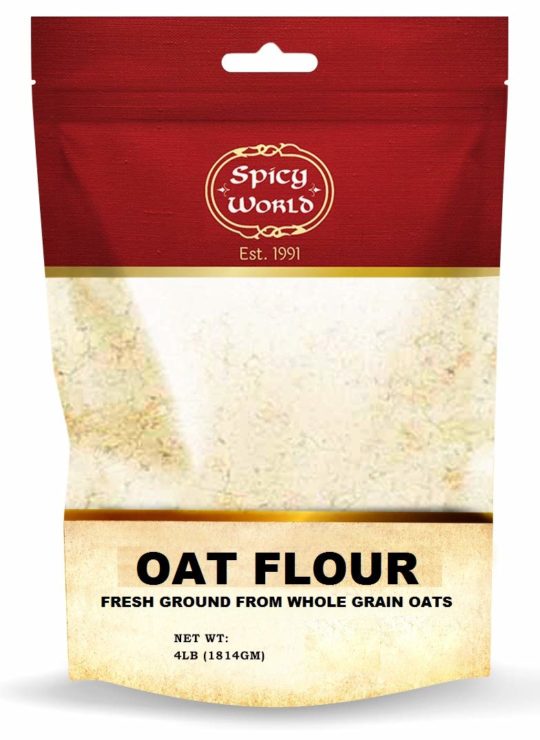Flour is a common ingredient in the kitchen of most households. There are many meals you can prepare using flour. Moreover, there are flour options that can be used based on the diet you’re on. Notably, millet flour is used as a staple in many African and Asian dishes. Although it is often used as bird feed in the United States, it is becoming increasingly popular as human food.
This is due primarily to the grain’s gluten-free quality and adequate protein, antioxidant, and fiber content. However, if you’re making a new dish and the recipe calls for millet flour, which you happen not to have in your cabinet, no need to worry. You should find this article helpful. Keep reading so you can find a suitable substitute to include in your recipes and pastries.
What is millet flour?
Millet flour is a powdery product obtained from ground millet. This small ancient grain is widely used as a food component in Africa and Asia. Notably, it is the sort of grain that blends well with the other flavors in your dish. This is why it is commonly used in baking.
Bakers love the light texture of this flour, and most people enjoy using it because it gives pastries a sweet, nutty flavor. Millet flour is a rich source of minerals, vitamins, and “natural protein,” and many bakers use it to enhance the nutritional value of their cuisine.
Millet has a similar appearance and feels to wheat. But unlike wheat, it is gluten-free, making it popular among those who avoid gluten for medical or other reasons. Besides, millet flour is also high in fiber, protein, and key minerals like manganese, phosphorus, magnesium, and amino acids.
Millet flour nutrition facts

Millet flour uses in recipes
Millet flour adds lift and tender texture to baked items since it has a tender, mellow, and finely ground texture. It gives a flexible all-purpose-like blend when combined with other gluten-free flours.
Cooking with millet flour is a healthy choice, and it can be used to make excellent pastries and in a variety of dishes. Similarly, millet flour is often used to replace up to 25% of the flour in recipes for increased nutrients.
People generally use millet flour in the same manner. They would use any other flour. Look at the versatility of millet flour and which recipes you can use them in. The list below should provide you with some great recipe ideas:
- Millet bread
- Millet flour pancakes
- Millet sandwich
- Millet cookies
- Millet cake
- Millet cornbreads
- Millet flour crackers
- Whole-grain millet wraps
- Millet flour porridge
- Sweet potato millet pancakes
- Millet cereal
- Millet flour kebabs
- Millet almond oat cookies
- Millet almond butter waffles
- Millet banana bread
- Millets balls for sauces and stews
- Vegan blueberry millet muffins
- Millet banana muffins
- Millet soup
- Millet buns for burgers
- Sweet potato millet pancakes
Millet flour substitutes
Millet has a distinct flavor and can add a nice “crumb” to cakes and biscuits, but baked delicacies made entirely of millet are typically excessively crumbly, breaking apart and decomposing. To acquire the perfect proportions for a dish, cooks often have to experiment a little.
However, millet flour is still tricky to find outside of health and specialty food outlets despite its rise in demand. Plus, millet cannot be consumed by people who have been diagnosed with goiter. Therefore, I have highlighted some substitutes to millet flour if you run out of stock or can’t afford to use it.
Buckwheat flour
Buckwheat flour is a beautiful millet substitute for folks who like a more intense flavor. It is a gluten-free grain with a high protein and fiber content, promoting better heart health and weight loss.
However, buckwheat flour merely needs to be simmered for 10-12 minutes till it’s ready. In one mouthful, it mixes nutty, bitter, and earthy flavor characteristics. Nonetheless, it makes a great side dish and adds a unique flavor to many African slow-cooked recipes.
Notably, the strong texture of buckwheat flour makes baking a delight. No wonder it’s been a culinary mainstay for so long. If you use this alternative instead of millet flour, you won’t have to worry about the texture of your baked goods.
However, buckwheat flour, on the other hand, has a pronounced nutty flavor, making it unsuitable for some delicate, sweet-baked items.
Rice flour
Rice flour is produced by grinding Rice, and it is available in two varieties: white Rice and Brown Rice. The latter has a rougher texture but contains more nutrients so that you can select between the two depending on your baking needs. This is a fantastic substitute for millet flour since it is economical and has a similar texture. Its mildly flavored, firm, and chewy texture makes it suitable for most flavorful millet flour dishes. On the other hand, Rice has a larger grain than millet and may not suit soups.
Oat flour
Oat flour is gluten-free flour. It is available in most stores, but you can easily make your own by blending some oats with a grinder or blender. Moreover, oats flour is easier to come by than millet flour. Therefore this makes it a good option. Notably, oat flour is an acceptable substitute for millet flour in baking since it has a similar consistency to millet flour. Furthermore, it performs better than most other gluten-free flours, which may require additional ingredients such as xanthan gum to keep the dough together. However, if you’re using millet flour to avoid gluten, some oats flour packages might include trace levels of gluten, so you have to watch out for that.
Frequently asked questions (FAQs)
What does millet flour taste like?
Millet flour has a moderate corn flavor and is slightly sweeter than other grains. It has a nice delicate nutty flavor. Millet, however, has little flavor on its own and is effective at integrating the flavors of other ingredients.
Is millet flour good for baking?
Millet flour has a light, mellow flavor ideal for baking both sweet and savory cuisine. Moreover, Millet flour is a high-protein, essential amino acid, and dietary fiber source, also containing a lot of manganese, phosphorus, and magnesium.
What is millet flour made out of?
Millet flour is produced from a tiny, yellow grain-like seed with a somewhat sweet, corn-like flavor. It resembles yellow cornmeal milled into flour and offers a pleasantly sweet flavor and crumbly texture to baked foods.
Conclusion
Millet flour is a versatile flour great for cooking and baking various cuisines, and it is gaining favor in most parts of the world. This is primarily due to the emphasis on healthy eating and gluten-free diets.
However, if a recipe calls for millet grain and you don’t have that in your cupboard, or you’re just hoping to replace it with something else while achieving the same results, this is possible.
The recommended substitutions here might not be a perfect match in terms of flavor and texture, but they will do the trick in most recipes.


